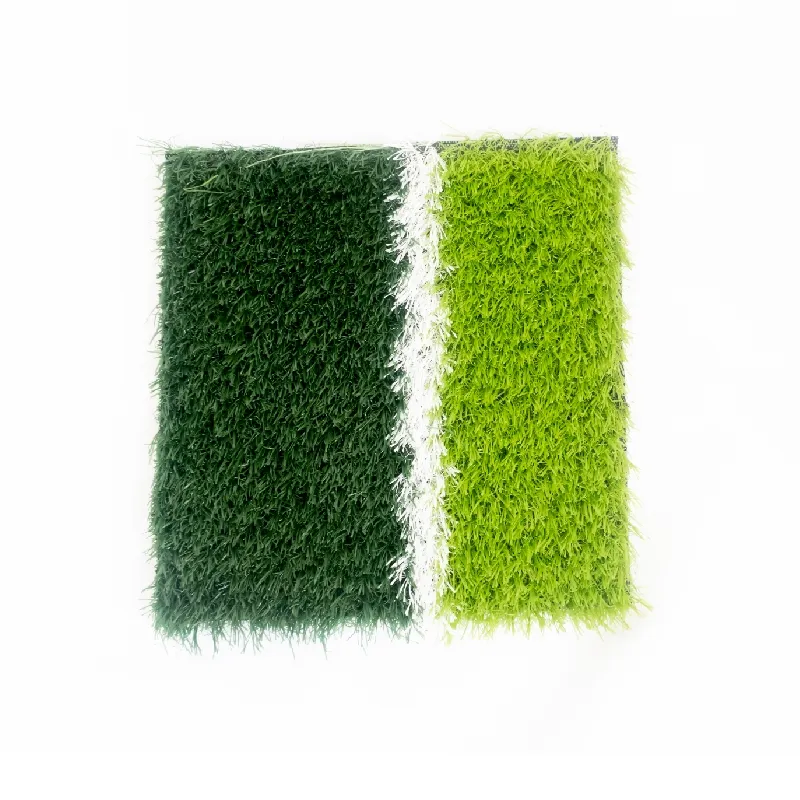
- Afrikaans
- Arabic
- Belarusian
- Bengali
- Czech
- Danish
- Dutch
- English
- Esperanto
- Estonian
- Finnish
- French
- German
- Greek
- Hindi
- Hungarian
- Icelandic
- Indonesian
- irish
- Italian
- Japanese
- kazakh
- Rwandese
- Korean
- Kyrgyz
- Lao
- Latin
- Latvian
- Malay
- Mongolian
- Myanmar
- Norwegian
- Persian
- Polish
- Portuguese
- Romanian
- Russian
- Serbian
- Spanish
- Swedish
- Tagalog
- Tajik
- Thai
- Turkish
- Turkmen
- Ukrainian
- Urdu
- Uighur
- Uzbek
- Vietnamese
laying artificial grass on clay soil
Dec . 12, 2024 10:07 Back to list
Laying Artificial Grass on Clay Soil A Comprehensive Guide
Artificial grass, also known as synthetic turf, is an increasingly popular choice for homeowners and landscapers looking to create lush, green spaces without the hassle of maintaining natural grass. However, when laying artificial grass on clay soil, certain considerations must be addressed to ensure a successful installation. This article outlines the steps involved in preparing clay soil for artificial grass and offers tips for achieving the best results.
Understanding Clay Soil
Clay soil is characterized by small particles that are tightly packed together, leading to poor drainage and compaction. These properties can pose challenges when installing artificial grass. If not properly prepared, clay soil can lead to water pooling beneath the turf, which can affect its longevity and performance. Therefore, it's crucial to take the time to acclimate the soil before laying down synthetic grass.
Preparing the Site
1. Clear the Area Begin by removing any existing grass, weeds, or debris from the site. This step is essential to provide a clean and level surface for your artificial grass.
2. Excavation Depending on the thickness of the artificial turf and the desired depth for your installation, you may need to excavate the clay soil to a depth of 3-4 inches. This will allow for proper drainage and a level base.
3. Soil Testing Conduct a soil test to determine the pH and nutrient levels of your clay soil. Adjustments may be necessary to ensure the soil is conducive for installation.
4. Improve Drainage Since clay soil retains water, improving drainage is critical. Incorporate a layer of sand or gravel into the excavated area to enhance drainage. A mix of about 70% angular gravel and 30% sand is often a good recipe for success.
5. Compact the Soil After introducing the drainage material, use a plate compactor to compact the base. This step is vital as it will prevent future settling and ensure a stable foundation for your artificial grass.
laying artificial grass on clay soil

Installing the Artificial Grass
1. Weed Barrier Lay down a weed barrier fabric over the compacted base. This will help prevent weeds from growing up through your artificial grass, ensuring a cleaner and more attractive finish.
2. Roll Out the Turf Unroll the artificial grass over the prepared area, allowing it to acclimatize to the surrounding temperature. Adjust any seams or edges as necessary for a seamless appearance.
3. Cut and Shape Use a sharp utility knife to cut the edges of the turf to fit the area precisely. Make sure to cut carefully to achieve a clean edge that will not fray or unravel over time.
4. Install the Grass Secure the artificial grass in place using landscape staples or adhesive, depending on the design and local regulations. Ensure that the grass lies flat and that there are no wrinkles or folds.
5. Infill Application If your artificial turf requires infill (often made from rubber, sand, or a blend), spread it evenly across the surface according to the manufacturer's recommendations. Infill helps to weigh down the grass fibers and provide a natural look.
6. Brushing Finally, use a stiff-bristle broom or a power brush to lift the grass fibers and distribute the infill. This step creates a realistic appearance and ensures that the grass stands upright.
Maintenance and Care
Despite the reduced upkeep of artificial grass compared to natural lawn, regular maintenance is still necessary. Periodically check for debris, and rinse the turf to prevent odors and keep it looking its best. Proper care will prolong the life of your artificial grass and ensure it continues to enhance the beauty of your landscape.
In conclusion, laying artificial grass on clay soil can be successful with the right preparation and installation techniques. By addressing drainage issues, ensuring a stable base, and following installation best practices, homeowners can enjoy a beautiful, low-maintenance lawn that thrives on clay soil.
-
The Benefits of Artificial Turf for Indoors
NewsJul.15,2025
-
How Artificial Grass Suppliers Ensure Quality Products
NewsJul.15,2025
-
Artificial Grass and Pets: A Space for Relaxation
NewsJul.08,2025
-
Balcony & Outdoor Decoration with Artificial Grass
NewsJul.08,2025
-
Best Indoor Artificial Grass for Home
NewsJul.07,2025
-
Best Pet Turf for Dogs: Safe & Durable Artificial Grass Options
NewsJul.07,2025
Products categories









